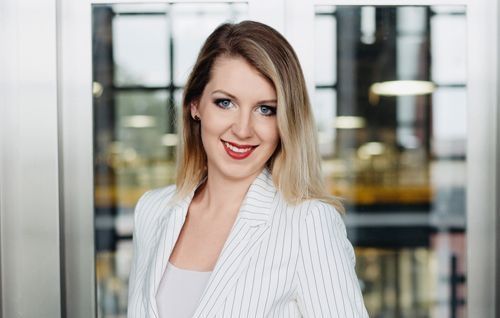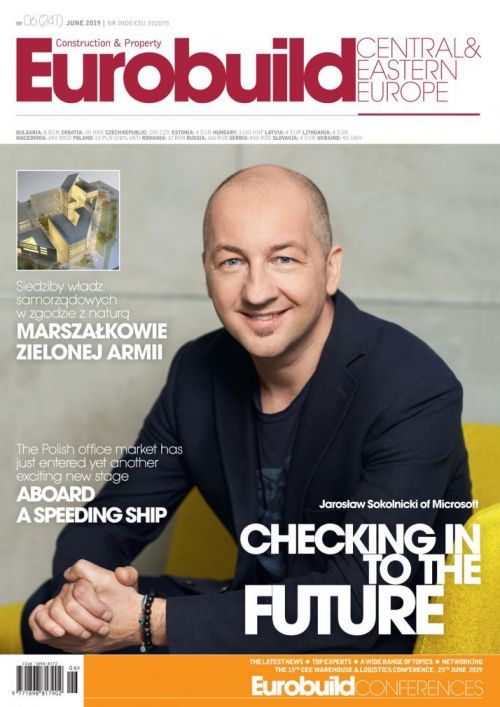Everyone seems to afflicted with a general weariness these days with the traditional advertising we are bombarded with wherever we go, in our everyday lives and on the internet. This has prompted brands to look into the growing advertising potential of what are known as influencers, who can be defined as influential social media personalities that often promote brands and products to their many followers. “Polish internet users are very good at blocking ads. So the effectiveness of traditional forms of advertising has become very limited,” points out Urszula Frąckiewicz-El Ghaouati, a senior account executive at the Public Dialog agency. For this reason, marketers need to look for a different way of reaching customers to increase sales and brand recognition – or interest in, for example, their real estate. One of these techniques is influencer marketing, which exploits the potential and reach of such influencers. Katarzyna Gorbaczow, a senior account manager at the H































































